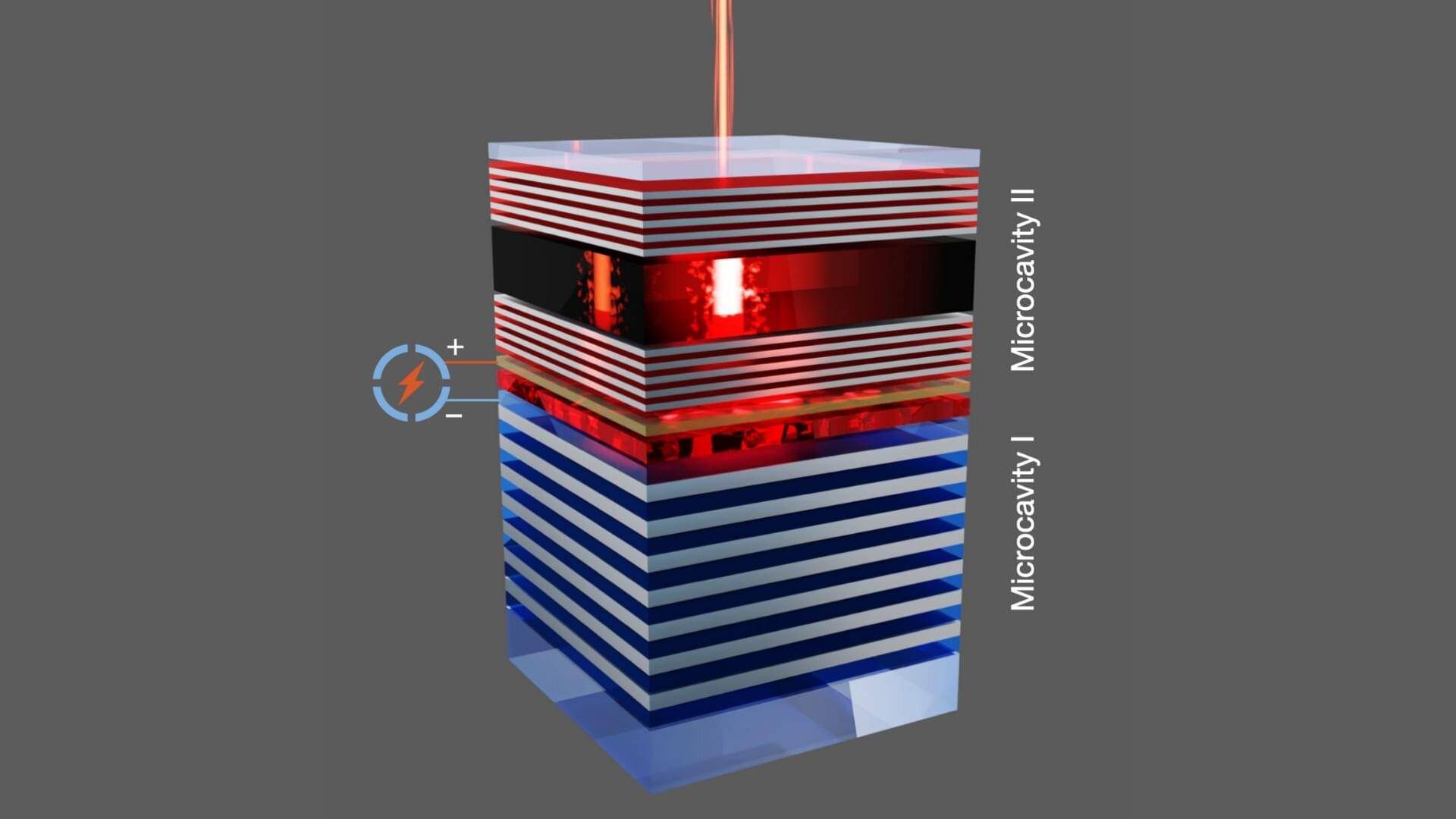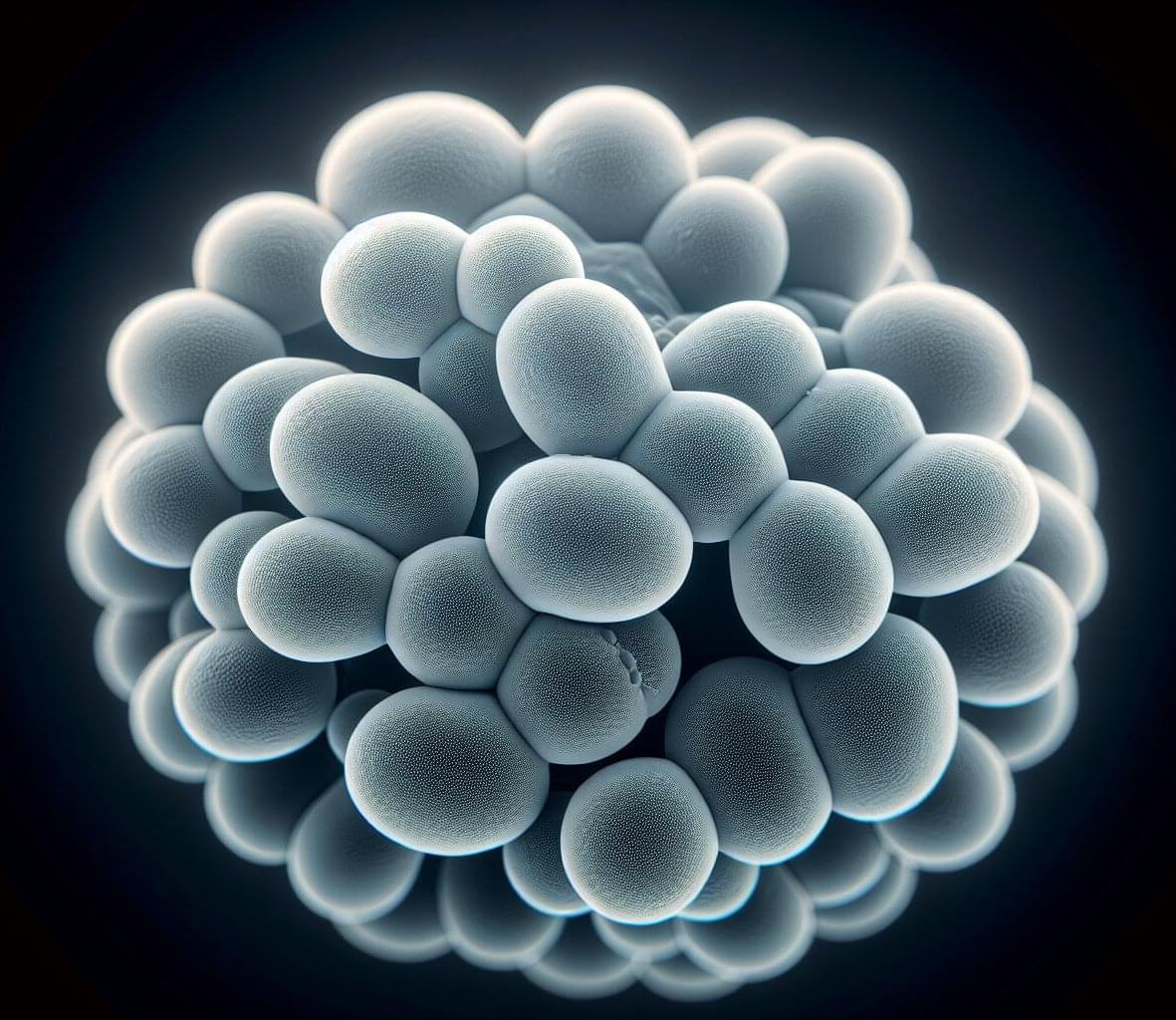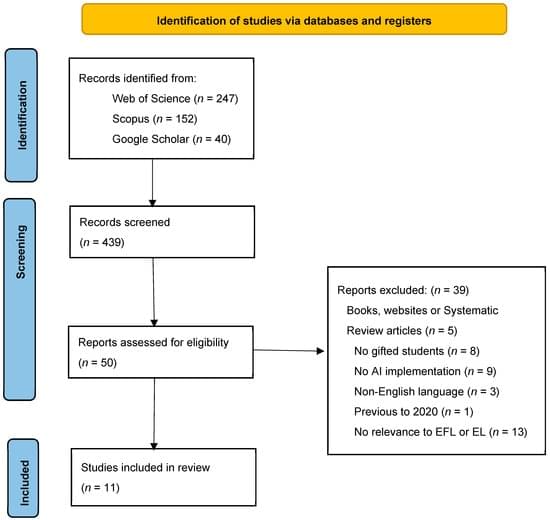Habit, not conscious choice, drives most of our actions, according to new research from the University of Surrey, University of South Carolina and Central Queensland University.
The research, published in Psychology & Health, found that two-thirds of our daily behaviors are initiated “on autopilot”, out of habit.
Habits are actions that we are automatically prompted to do when we encounter everyday settings, due to associations that we have learned between those settings and our usual responses to them.







